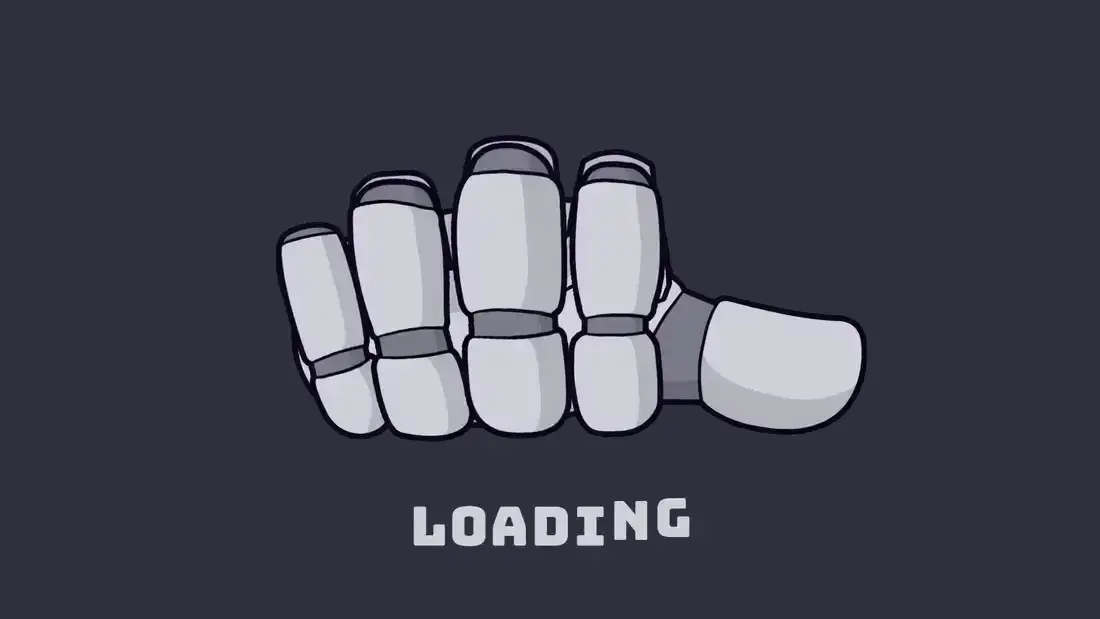▼ Latest
Polyphasic
Free mode
100% free
Freemium
Free Trial
Other tools
-
552918Released 2mo ago100% Free
 Bruno Isidro🛠️ 1 tool 🙏 147 karmaSep 15, 2025@Fragmented EleganceWOW!! i was left speechless, this is absolutely phenomenal, it creates pieces of art unlike anything i’ve ever seen before. great job!!!
Bruno Isidro🛠️ 1 tool 🙏 147 karmaSep 15, 2025@Fragmented EleganceWOW!! i was left speechless, this is absolutely phenomenal, it creates pieces of art unlike anything i’ve ever seen before. great job!!! -
1882831Released 8mo ago100% Free
-
26138Released 2mo ago100% Free
-
2281330Released 1y ago100% Free
- Sponsor:Rocket - Vibe Coding
-
 Transform portraits into mesmerizing geometric abstracts.Open24911580Released 7mo ago100% Free
Transform portraits into mesmerizing geometric abstracts.Open24911580Released 7mo ago100% Free -
2313527Released 5mo ago100% Free
-
522311Released 7mo ago100% Free
-
 Create psychedelic animal art for vivid t-shirt designs.Open501711Released 4mo ago100% Free
Create psychedelic animal art for vivid t-shirt designs.Open501711Released 4mo ago100% Free -
781516Released 9mo ago100% Free
-
 Generate mesmerizing alien-inspired visuals.Open128108Released 5mo ago100% Free
Generate mesmerizing alien-inspired visuals.Open128108Released 5mo ago100% Free -
7852Released 9mo ago100% Free
-
 Transform images into mesmerizing, ornate masterpieces.Open1,252507440Released 9mo ago100% Free
Transform images into mesmerizing, ornate masterpieces.Open1,252507440Released 9mo ago100% Free - Didn't find the AI you were looking for?
-
145118Released 6mo ago100% FreeArtist Tips for Better Results with Somnira Canvas: To help Somnira Canvas render the most compelling and emotionally resonant figures—whether human or animal—users are encouraged to guide the tool with poetic, suggestive phrasing rather than highly technical descriptions. This helps maintain harmony with the platform’s expressive strengths. For human figures, try emotion-based posture phrases like “curled in sorrow,” “reaching toward a fading light,” or “kneeling in wind.” Favor mood-based modifiers over anatomical specifics, such as “a silhouette bathed in dusk” or “a quiet figure in motion blur.” For animals, use mythic or metaphorical phrasing like “a fox made of stars,” “a deer outlined in frost,” or “a lion woven from dusk and gold.” Avoid strict biological realism unless intentionally stylized (e.g., “cubist owl,” “ink-drawn heron”). Best practices include specifying camera perspective or body angle with terms like “3/4 view,” “top-down shot,” or “over-the-shoulder,” and adding atmospheric cues such as “drifting in chalk mist,” “outlined by candlelight,” or “carved in shadow.” You can also add emotion-based tags directly into the prompt—words like “longing,” “grief,” “stillness,” or “wonder” will guide the aesthetic and expressive qualities of the final artwork.
-
22511078Released 7mo ago100% Free
-
1305037Released 11mo ago100% Free
Post



